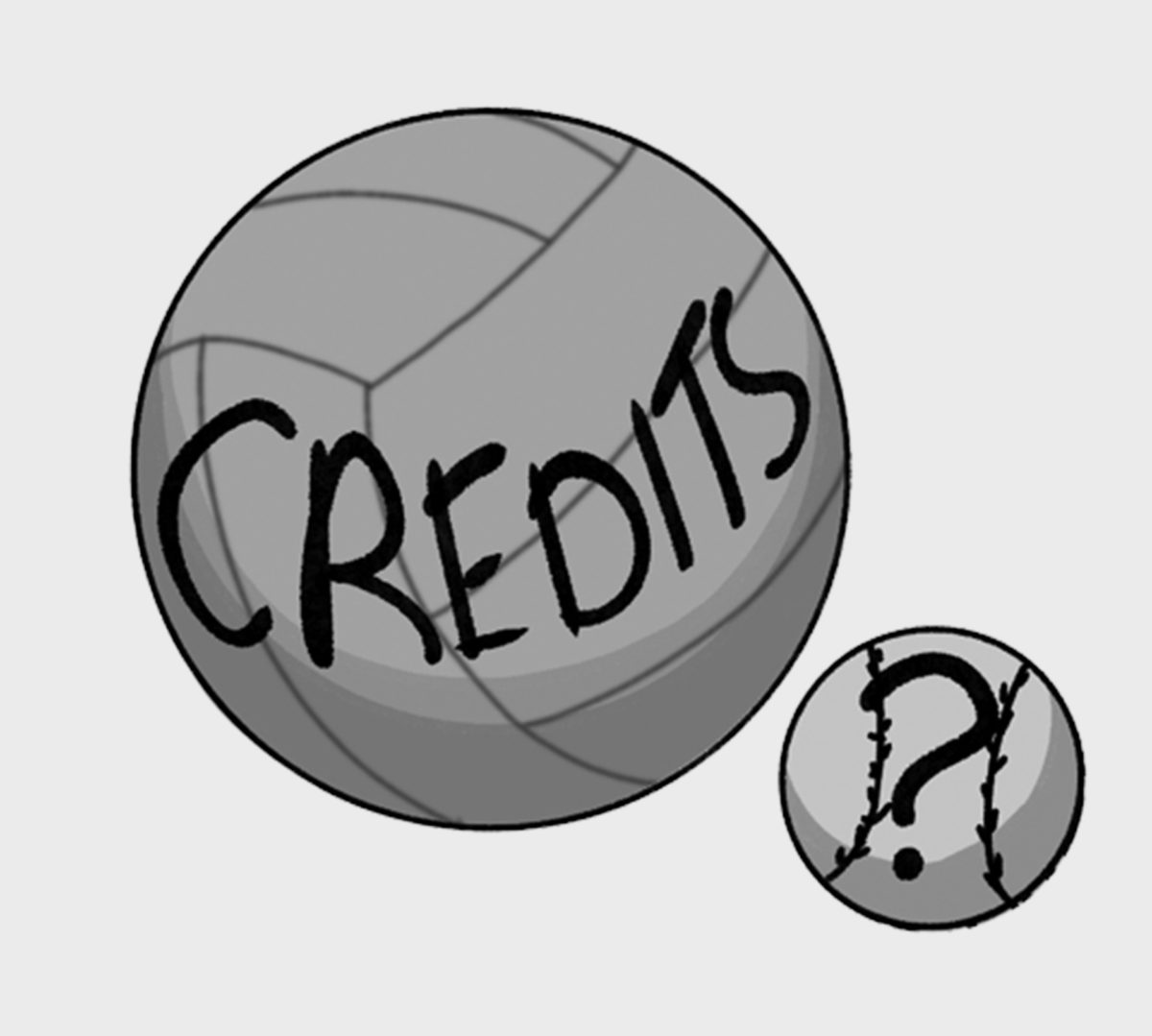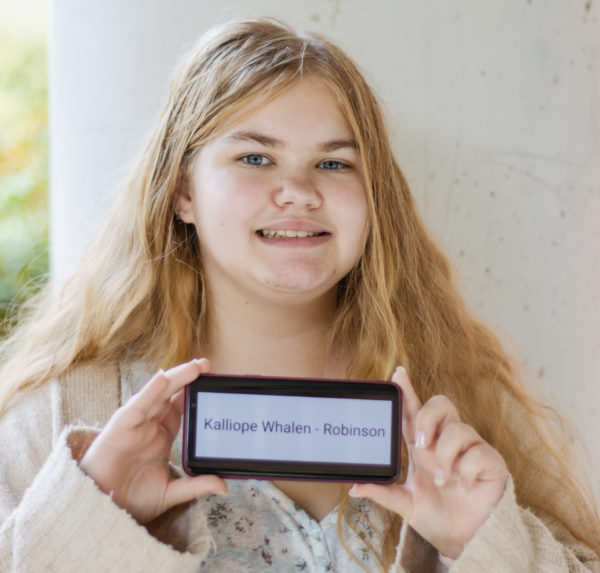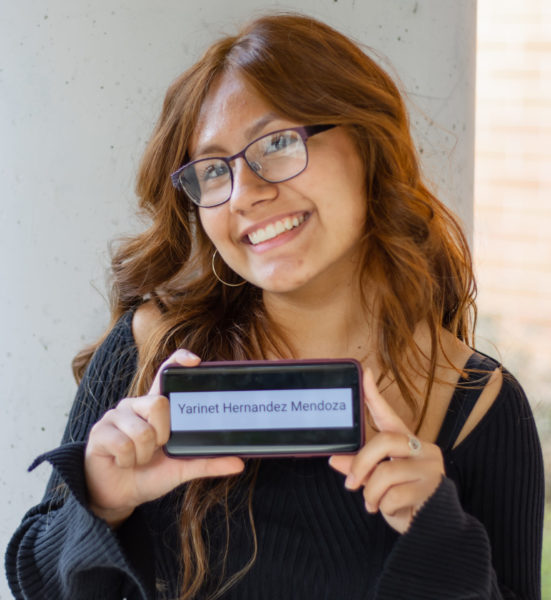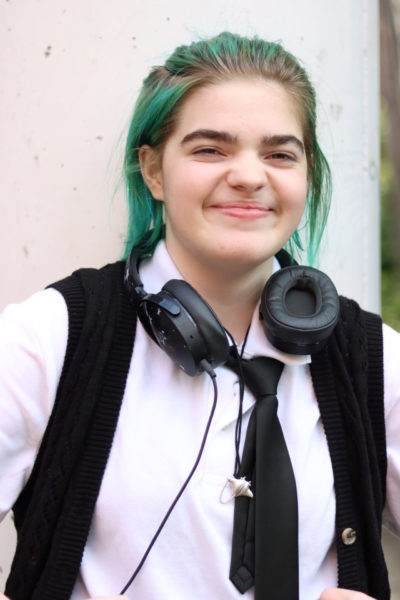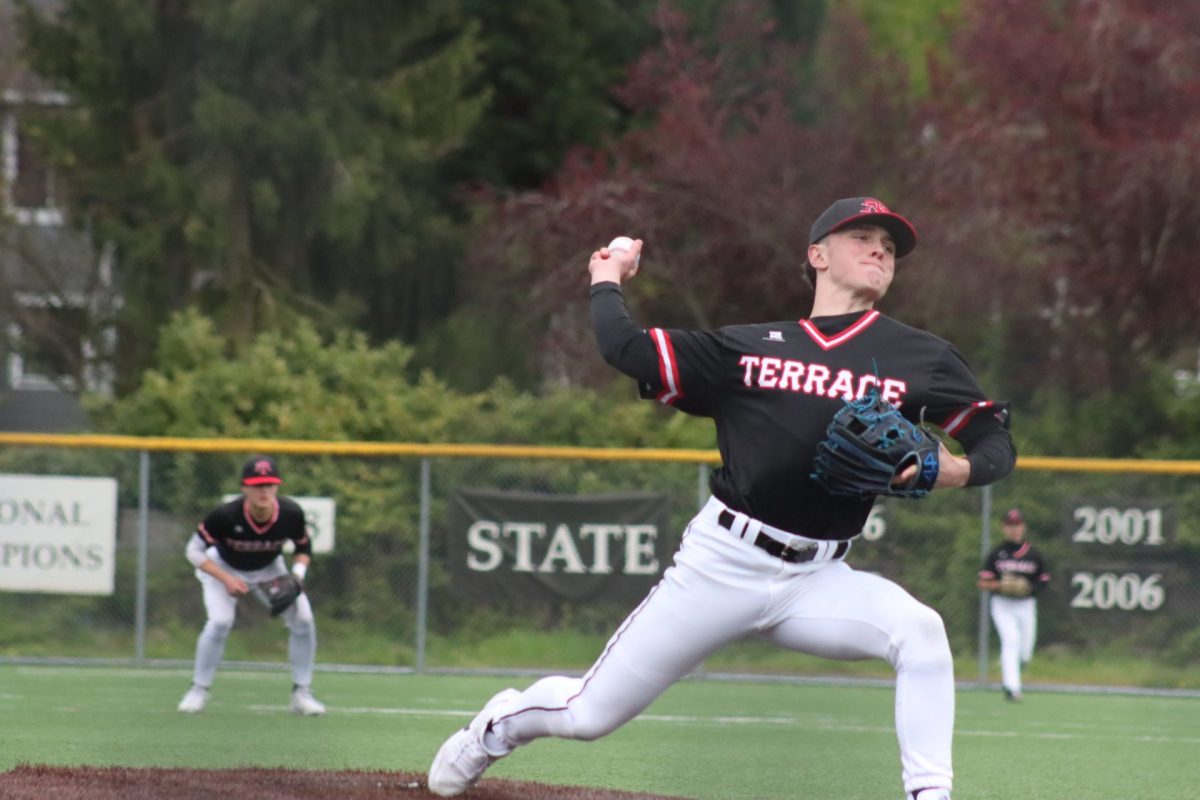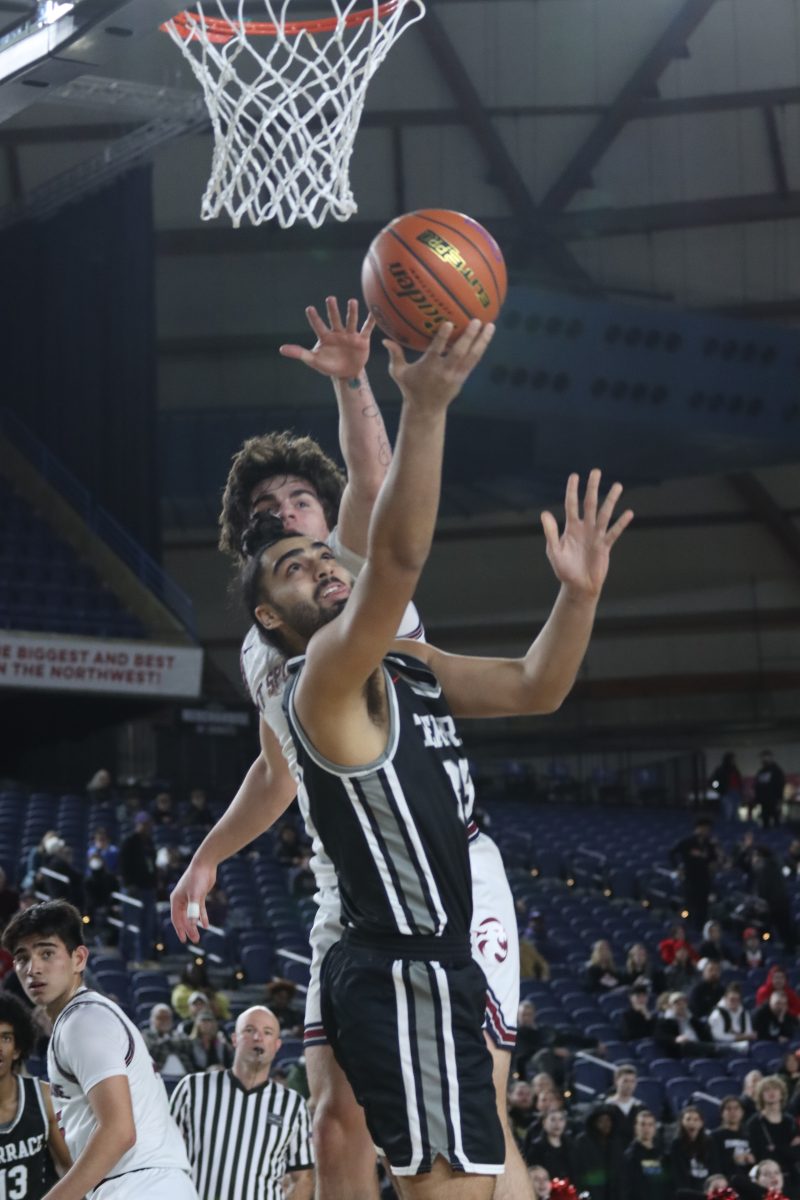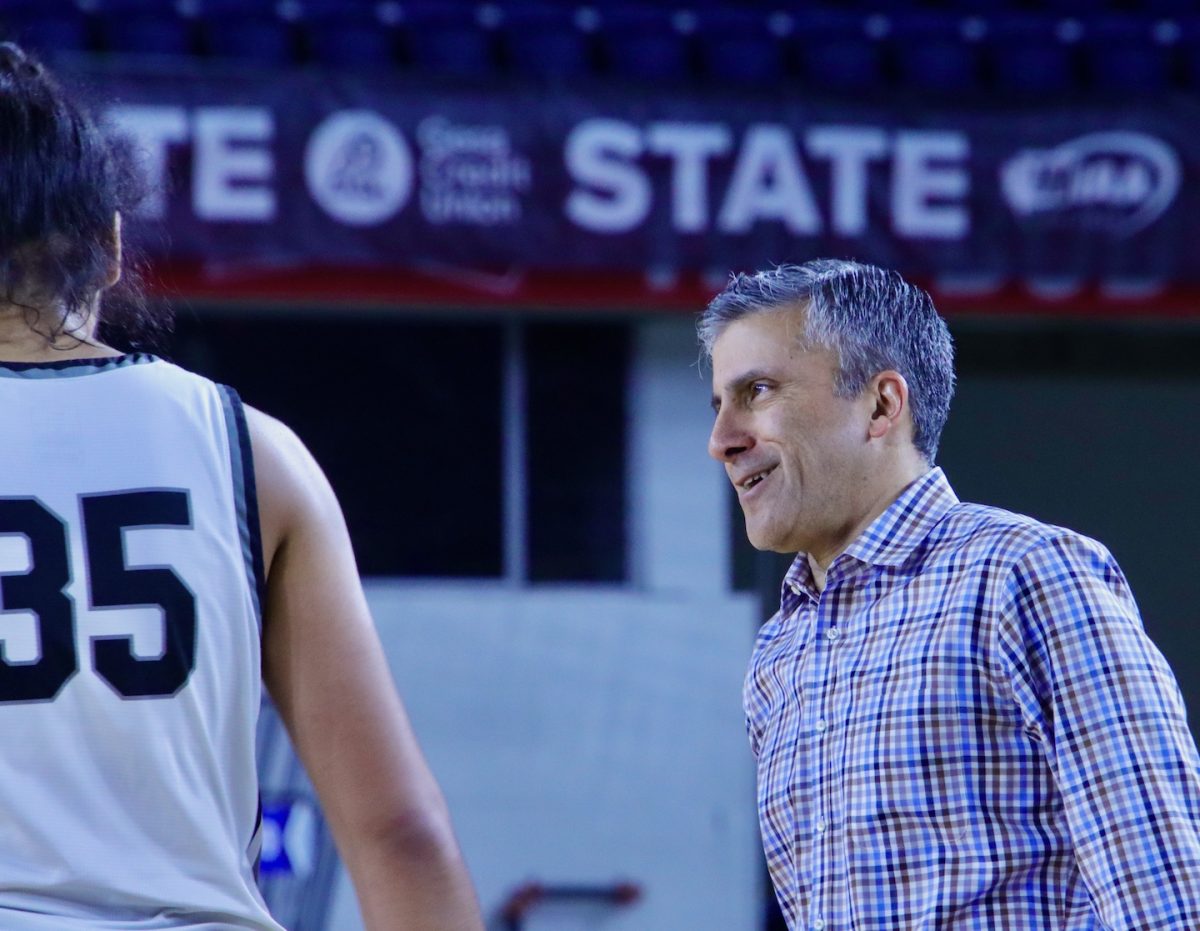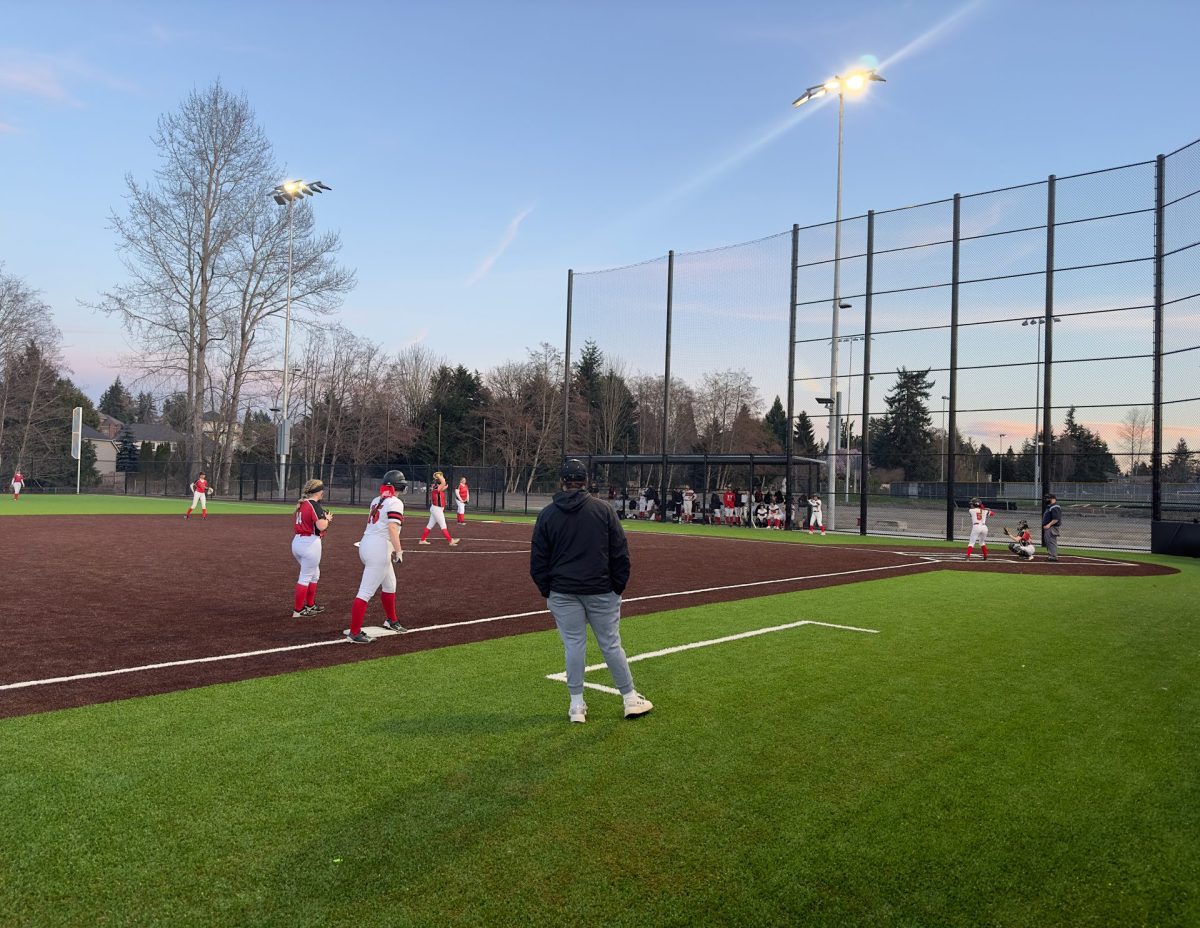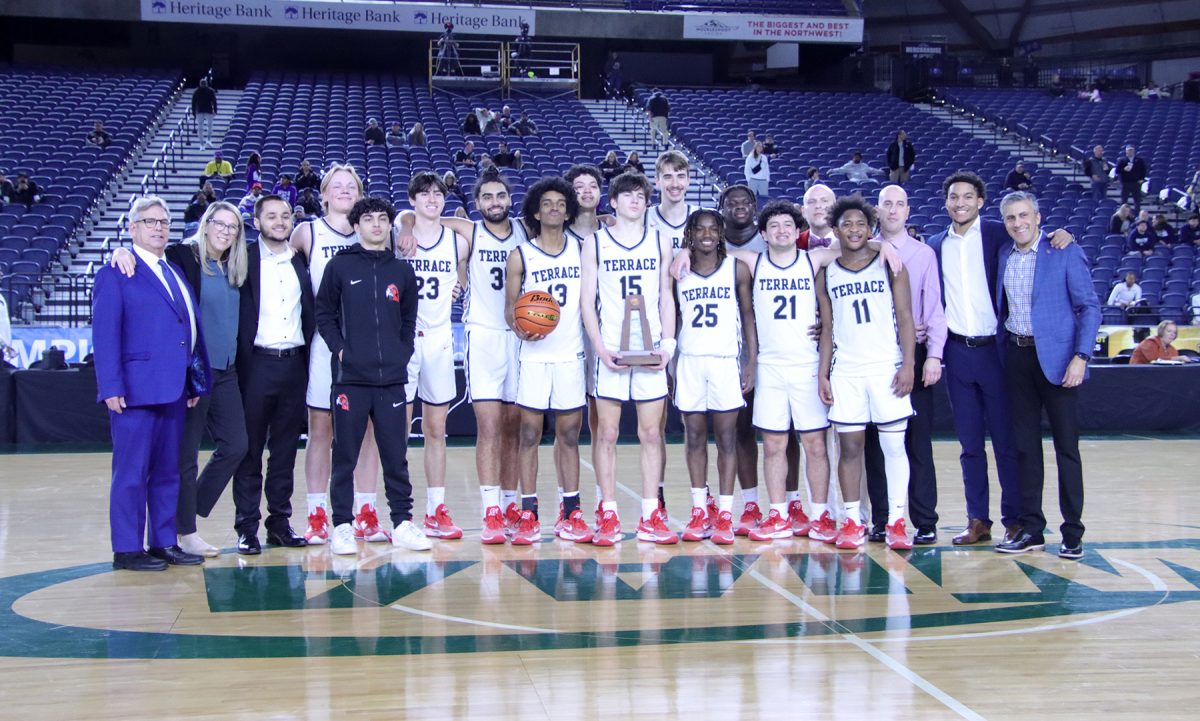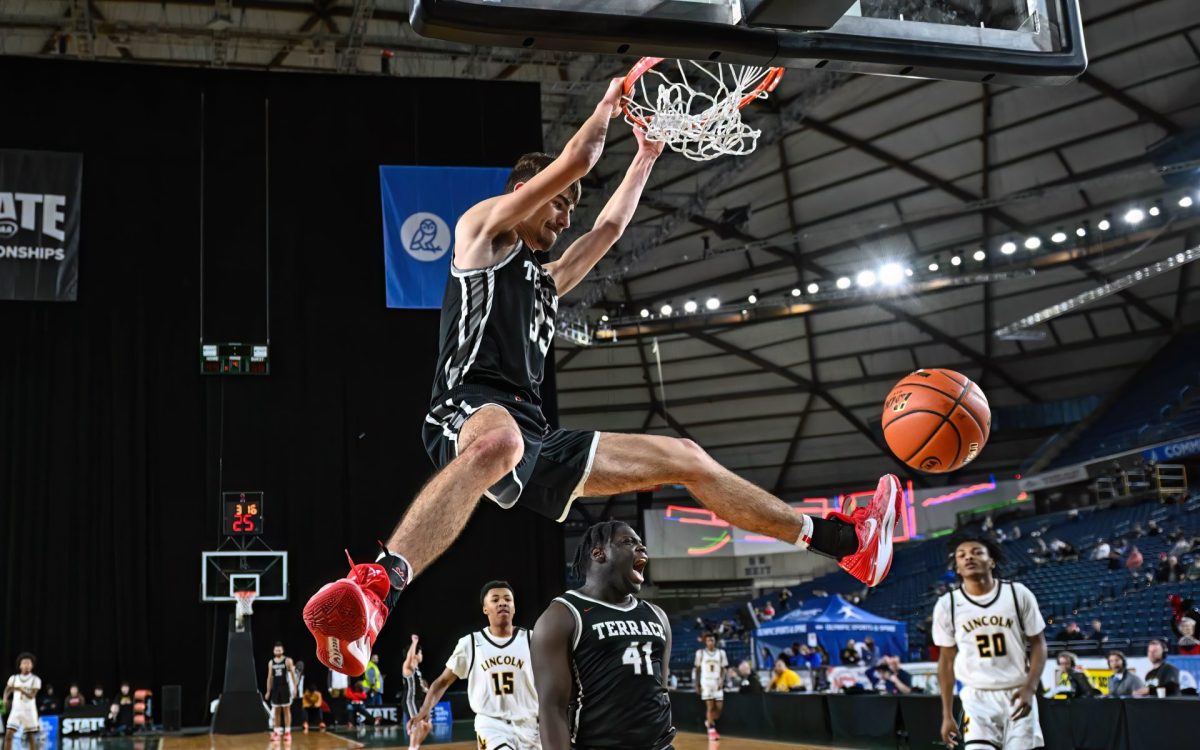Are you currently playing a sport at MTHS? Soccer, football, or maybe cross country, swimming or volleyball?
Do you train five or more hours a week, and are you spending money on your sport?
Despite the time and effort these athletes put in, school sports do not currently offer students any physical education (P.E.) credit.
However, sports are more active than most regular P.E. classes, students spend more time on them, and money is an important factor when it comes to uniforms, transportation and such. For these reasons and more, school sports should count as P.E. credit for student athletes. Sports are a great way to show spirit in our school, and much more is done in sports, compared to a regular P.E. class.
One reason why sports should count towards P.E. credit is because sports are much more active than a regular P.E. class. If you compare Walking and Conditioning, a P.E. class at MTHS, to football or cross country, there is a vast difference in these two activities. The amount of activity in these sports (which includes heavy conditioning, running laps, etc.) is much greater than walking a couple of laps around the track for 30 minutes. A regular P.E. class does not provide you with as much physical activity including warm-ups, and multiple home and away games. And some students do prefer the extra physical activity.
A second reason that sports should count as P.E. credit is the amount of time students spend on sports. Student athletes Travis Herberg, Sierra Swan, and Thomas MacGowan are all sophomore athletes who spend about 10 hours a week at practice on average, not including games. When you include games, it’s closer to 15 hours a week. When compared to the five hours of P.E. class each week, student athletes spend much more time on their physical education participating in their sport.
“Yes, as intense as sports are, I think they should count as credit, at least for some people who don’t have the extra elective for it, like STEM & band kids,” football player Herberg said.
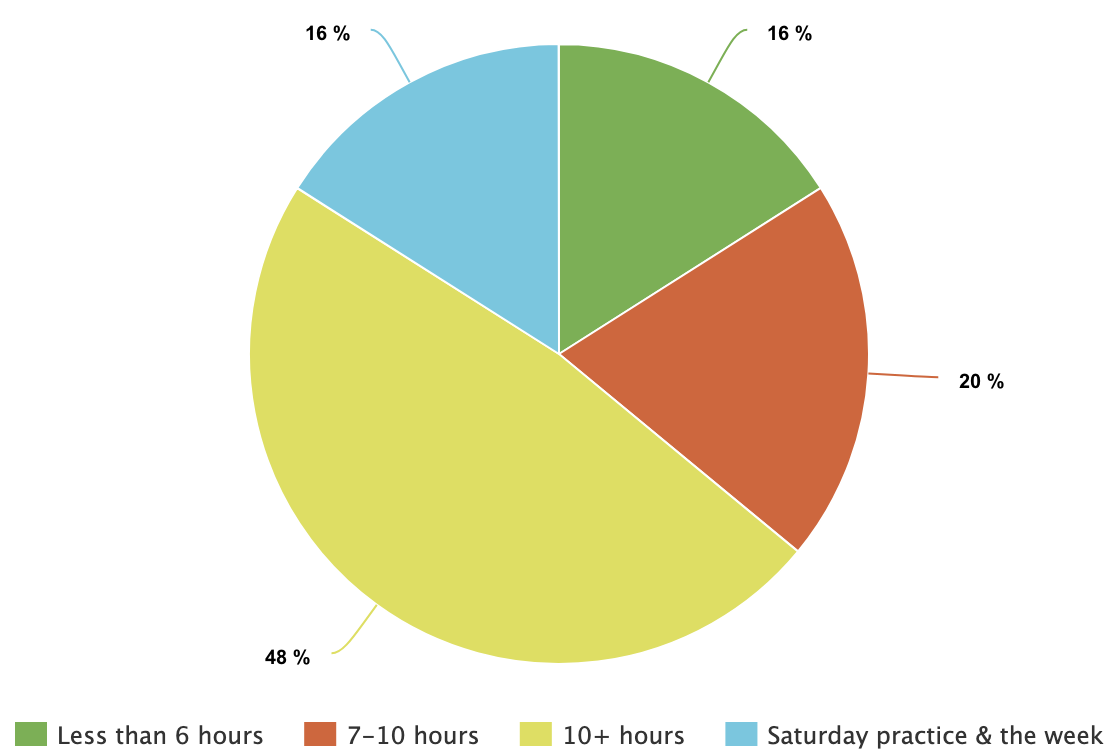
Some students can barely fit P.E. classes into their already full schedules and could use the extra elective towards classes that fit with their future plans.
A different factor to consider is money. The money spent on fees and equipment can be up to $800 depending on the sport. Let’s look at volleyball for example. First, the athletes need to pay the sports and ASB fees. Volleyball is much safer if you have specialized shoes, ranging from $50-$100, knee pads from $20-$30, ankle braces for about $20, and arm sleeves with an average of about $10. For the equipment itself, volleyball athletes are spending more than $100. Of course these things are not required, but they definitely help the athletes with their sport.
Some people might argue that, “Why not take a P.E. class where you don’t have to spend money and can get credit?” While this is true, for many people, organized sports is about more than getting exercise. Some athletes join a team for the bond that grows between teammates and the friendships they form as a group. A sports team can become kind of like a family. And after a season of practices, games, and rigorous training, you can grow real bonds with your teammates. Learning to work together as a team and trusting each other is a powerful lesson that students can’t truly learn in a 50-minute class.
We also understand that sports may give students more physical activity. Unlike regular P.E. classes, athletes focus on one activity, and the training/honing in of those specific body parts and abilities is incredibly important. In contrast, in regular P.E. classes, students are trying out different things, and working on or training different parts of their bodies. So, in that sense, P.E. could potentially help students find a passion for a specific sport or activity.
Some may argue that the idea of having sports count as P.E. credit is that participating in the sport instead of P.E. could get repetitive to some and the student athlete may not end up liking the sport. And it is true that a student would have to stick with the sport through the end of the season, assuming they relied on it for P.E. credit. Sports are an integral part of student life here at MTHS, and by giving students credit for their participation in these sports, it would allow for these student athletes to pursue other academic classes.
As students grow into adults they shouldn’t they be given the opportunity to choose what ways they challenge themselves and their bodies in physical activities? The Edmonds School District should join other districts in the Seattle area that allow student athletes to count their participation in sanctioned school sports as P.E. credit.


